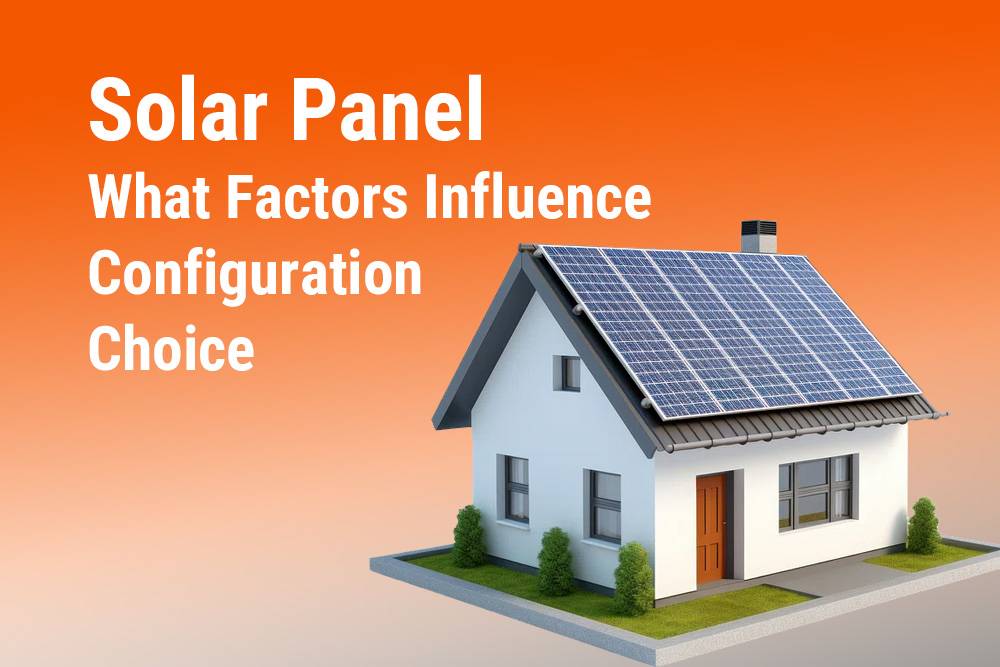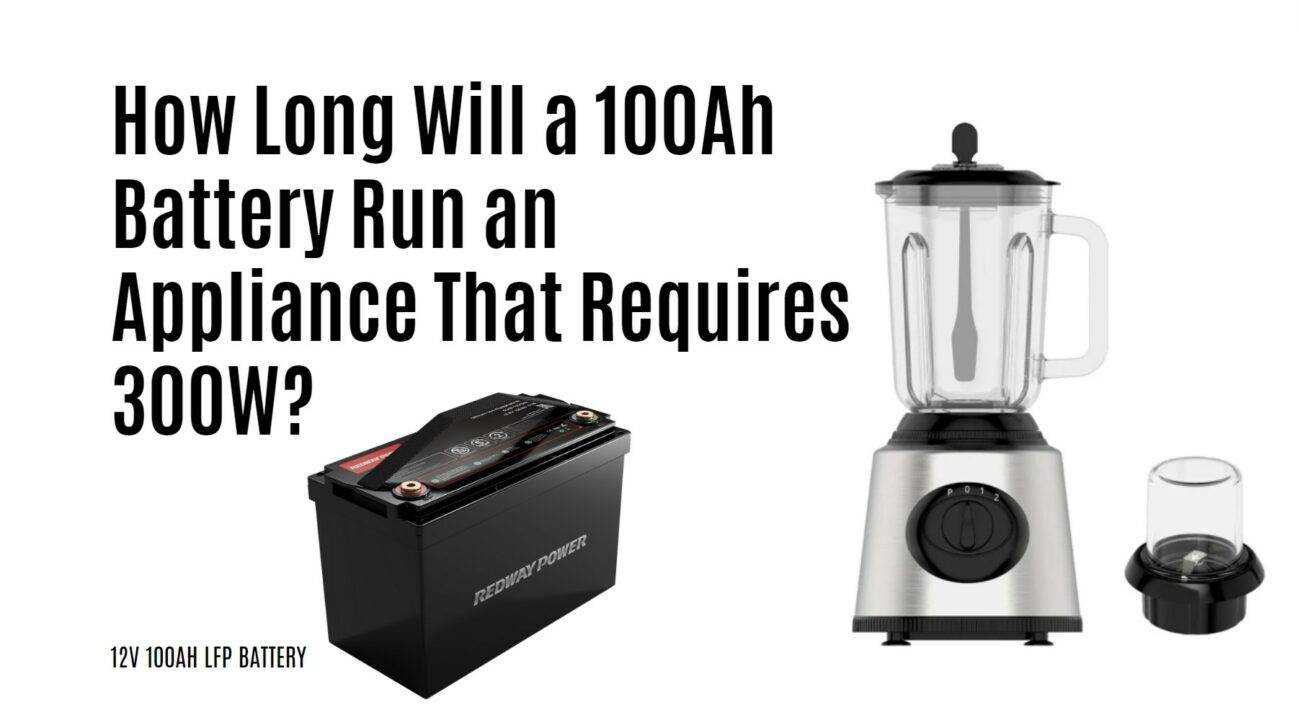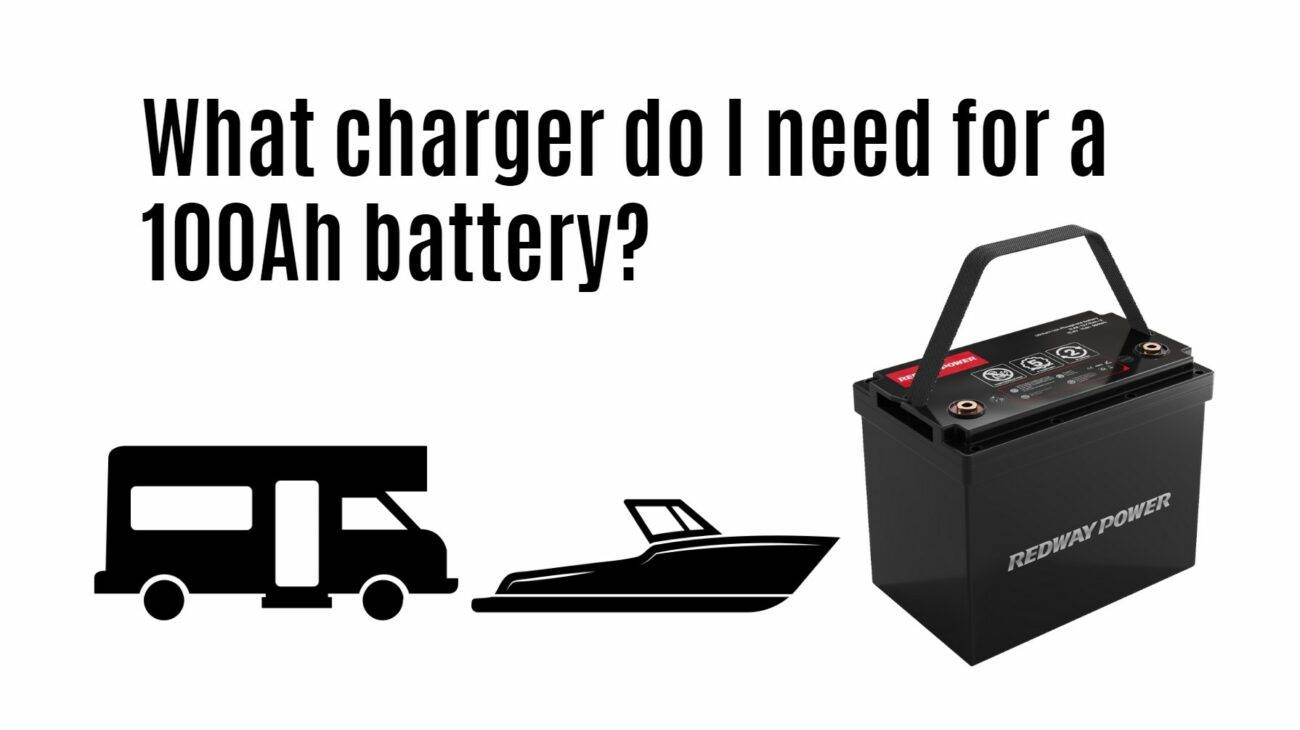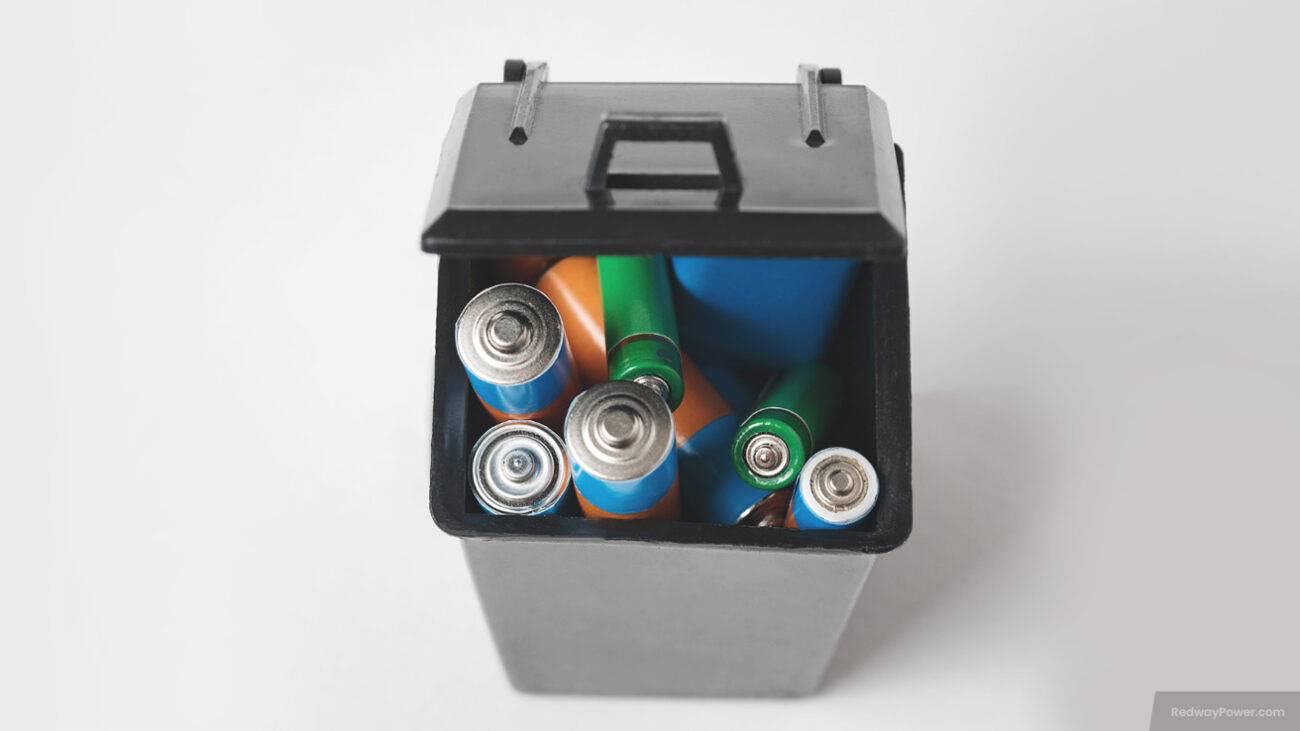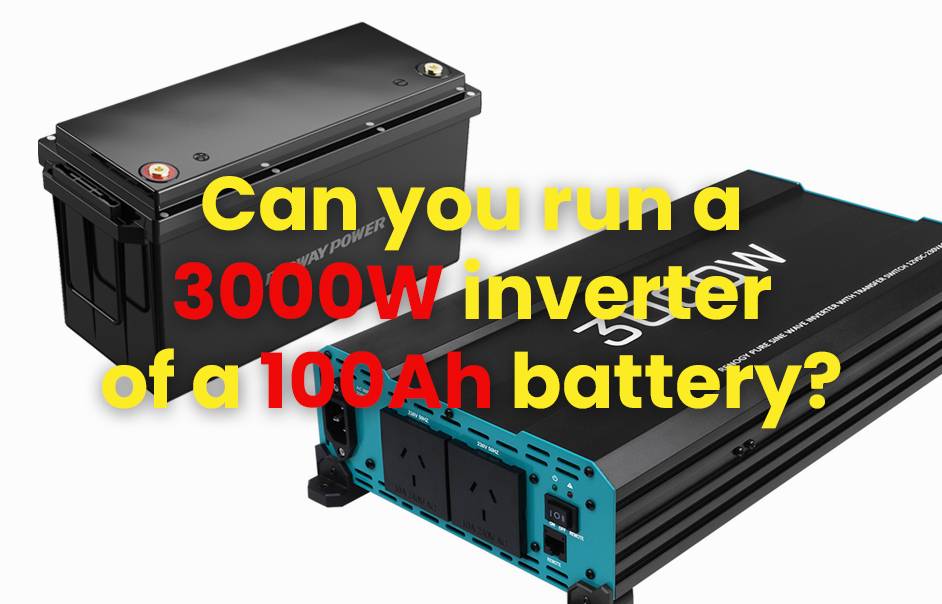- Rack-mounted Lithium Battery
- Golf Cart Lithium Battery
-
Golf Cart Lithium Battery
- 36V 50Ah (for Golf Carts)
- 36V 80Ah (for Golf Carts)
- 36V 100Ah (for Golf Carts)
- 48V 50Ah (for Golf Carts)
- 48V 100Ah (Discharge 100A for Golf Carts)
- 48V 100Ah (Discharge 150A for Golf Carts)
- 48V 100Ah (Discharge 200A for Golf Carts)
- 48V 120Ah (for Golf Carts)
- 48V 150Ah (for Golf Carts)
- 48V 160Ah (Discharge 100A for Golf Carts)
- 48V 160Ah (Discharge 160A for Golf Carts)
-
Golf Cart Lithium Battery
- Forklift Lithium Battery
- 12V Lithium Battery
- 24V Lithium Battery
- 36V Lithium Battery
- 48V Lithium Battery
-
48V LiFePO4 Battery
- 48V 50Ah
- 48V 50Ah (for Golf Carts)
- 48V 60Ah (8D)
- 48V 100Ah (8D)
- 48V 100Ah
- 48V 100Ah (Discharge 100A for Golf Carts)
- 48V 100Ah (Discharge 150A for Golf Carts)
- 48V 100Ah (Discharge 200A for Golf Carts)
- 48V 150Ah (for Golf Carts)
- 48V 160Ah (Discharge 100A for Golf Carts)
- 48V 160Ah (Discharge 160A for Golf Carts)
-
48V LiFePO4 Battery
- 60V Lithium Battery
-
60V LiFePO4 Battery
- 60V 20Ah
- 60V 30Ah
- 60V 50Ah
- 60V 50Ah (Small Size / Side Terminal)
- 60V 100Ah (for Electric Motocycle, Electric Scooter, LSV, AGV)
- 60V 100Ah (for Forklift, AGV, Electric Scooter, Sweeper)
- 60V 150Ah (E-Motocycle / E-Scooter / E-Tricycle / Tour LSV)
- 60V 200Ah (for Forklift, AGV, Electric Scooter, Sweeper)
-
60V LiFePO4 Battery
- 72V~96V Lithium Battery
- E-Bike Battery
- All-in-One Home-ESS
- Wall-mount Battery ESS
-
Home-ESS Lithium Battery PowerWall
- 24V 100Ah 2.4kWh PW24100-S PowerWall
- 48V 50Ah 2.4kWh PW4850-S PowerWall
- 48V 50Ah 2.56kWh PW5150-S PowerWall
- 48V 100Ah 5.12kWh PW51100-F PowerWall (IP65)
- 48V 100Ah 5.12kWh PW51100-S PowerWall
- 48V 100Ah 5.12kWh PW51100-H PowerWall
- 48V 200Ah 10kWh PW51200-H PowerWall
- 48V 300Ah 15kWh PW51300-H PowerWall
PowerWall 51.2V 100Ah LiFePO4 Lithium Battery
Highly popular in Asia and Eastern Europe.
CE Certification | Home-ESS -
Home-ESS Lithium Battery PowerWall
- Portable Power Stations
How long will a 300W Solar Panel take to Charge a 100Ah Battery?
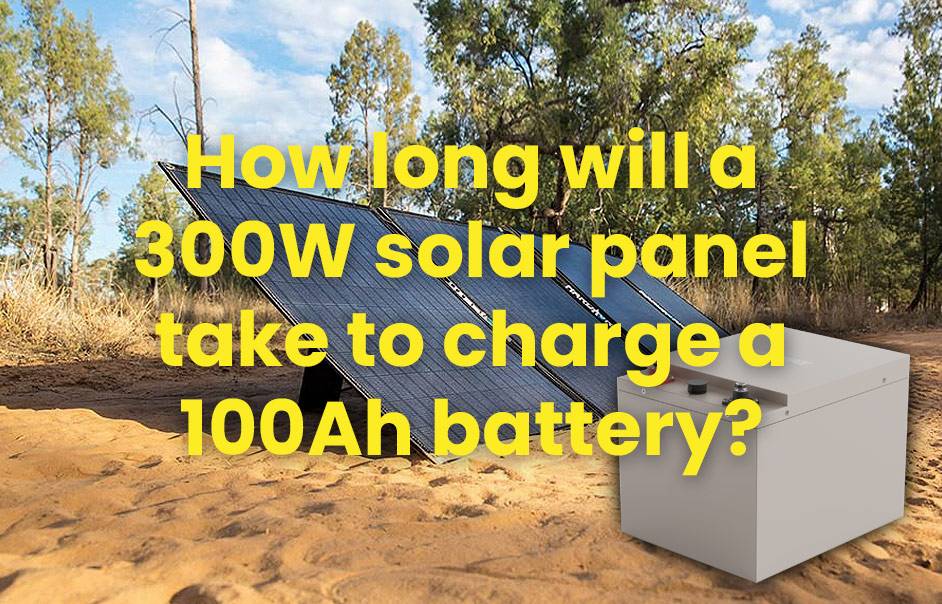
To determine how long a 300W solar panel will take to charge a 100Ah battery, we can use a straightforward calculation based on the battery’s capacity and the panel’s output.
In this article, we’ll dive into the details of how long it will take for a 300w solar panel to fully charge a 100Ah battery. So grab a cup of coffee and let’s shed some light on this topic together!
Understanding the Capacity of a 300w Solar Panel
Factors Affecting Charging Time
- Sunlight Availability:
- The amount of direct sunlight directly influences charging speed.
- More sunlight allows the 300W solar panel to charge the 100Ah battery faster.
- Temperature Impact:
- Optimal solar panel efficiency occurs at around 25°C (77°F).
- Extreme temperatures, whether too high or too low, can slow down the charging process.
- Solar Panel Alignment:
- Position the solar panel directly facing the sun for maximum exposure.
- Incorrect alignment or obstructions prolong charging time.
- Shading Effects:
- Even minimal shading from trees or buildings significantly reduces power output.
- Shaded panels extend the overall charging duration.
- Additional Device Consideration:
- Devices connected to the battery draw power during charging.
- Assess and minimize additional device usage for efficient charging.
Optimizing Conditions:
- Ensure proper solar panel alignment and minimize shading for maximum sunlight exposure.
- Monitor and regulate temperature to maintain optimal panel efficiency.
- Disconnect unnecessary devices to streamline the charging process.
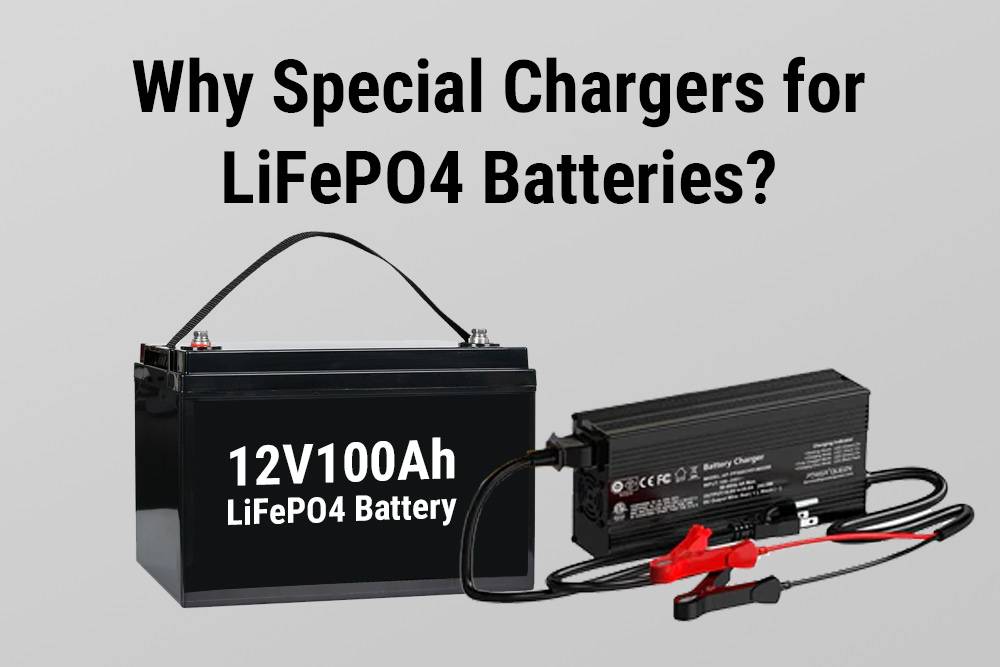
Calculating the Charging Time for a 100Ah Battery
- Key Factors:
- Solar panel wattage: 300W
- Battery amp-hour (Ah) rating: 100Ah
- Conversion Steps:
- Convert watts to amps: 300W / 12V (typical battery voltage) = 25A output from the solar panel.
- Charging Time Calculation:
- Divide battery Ah rating (100Ah) by charging current (25A): 100Ah / 25A = 4 hours.
- Ideal Conditions Estimate:
- Under optimal conditions with full sunlight, it takes approximately four hours to fully charge a 100Ah battery using a 300W solar panel.
- Real-World Considerations:
- Real-world conditions may vary due to temperature fluctuations and shading.
- Avoid discharging batteries below certain levels for optimal lifespan.
- Optimizing Charging Time:
- Maximize sun exposure by aligning panels towards direct sunlight.
- Consider additional panels for faster charging if needed.
Understanding these calculations and implementing optimization strategies ensures efficient utilization of your solar power system.
Tips for Optimizing Charging Time
- Strategic Solar Panel Positioning:
- Face the solar panel directly towards the sun for optimal exposure.
- Position at an ideal angle to maximize sunlight absorption.
- Regular Panel Cleaning:
- Clean panels regularly to remove dust and debris.
- Ensure a clean surface for maximum sunlight absorption and faster charging.
- Utilize a Charge Controller:
- Employ a charge controller to regulate energy flow.
- Prevents overcharging or undercharging, ensuring efficient power distribution.
- Consider Higher Wattage Panels:
- Invest in a higher wattage panel (e.g., 300w or 400w) for increased power output.
- Reduces charging time for a 100Ah battery.
- Minimize Power Consumption:
- Turn off unnecessary devices during charging.
- Prioritize battery charging by minimizing additional power consumption.
- Parallel Panel Connection:
- Connect multiple panels in parallel for increased current output.
- Accelerates charging times for your battery setup.
Implementing these tips enhances the efficiency of charging your 100Ah battery with a 300w solar panel. Stay mindful of weather conditions for optimal performance.
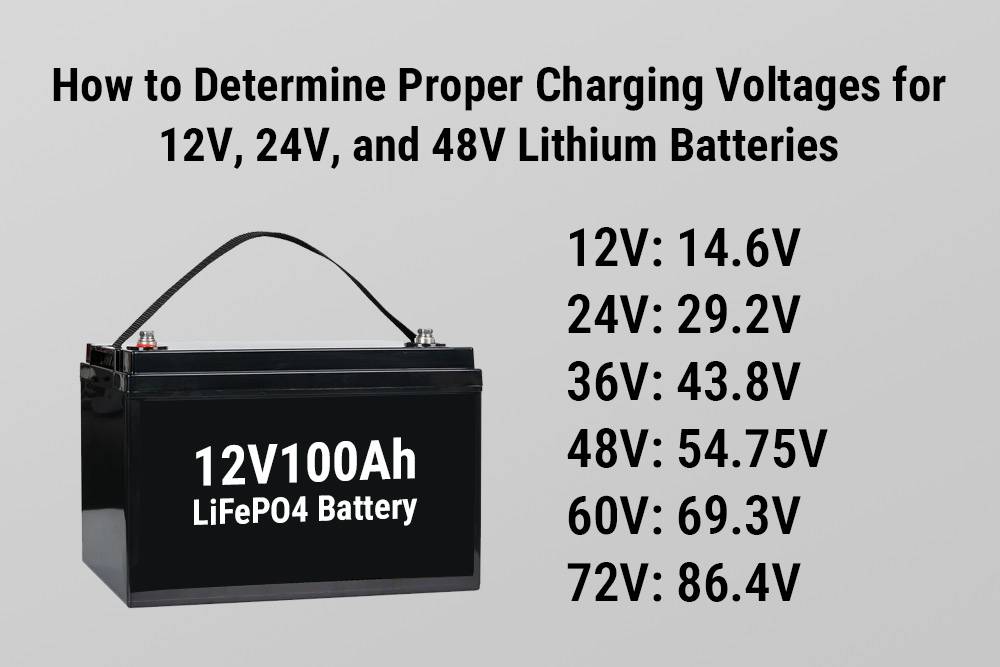
Alternative Options for Faster Charging
- Larger Solar Panel Upgrade:
- Increase the solar panel size for higher wattage capacity.
- Significantly reduces charging time for a 100Ah battery.
- Connect Multiple Panels:
- Parallel or series connection of multiple panels.
- Boosts overall power output, potentially cutting down on charging time.
- MPPT Charge Controllers:
- Utilize Maximum Power Point Tracking (MPPT) controllers.
- Constantly optimize solar panel efficiency for faster and more effective energy transfer.
- Lithium-Ion Battery Integration:
- Consider switching to lithium-ion batteries.
- Higher energy density and charge retention for quicker recharging and prolonged charge.
- Generator Backup:
- Integrate a generator backup system.
- Provides additional power when sunlight is unreliable, ensuring consistent fast-charging.
Important Consideration:
- Before making changes, consult with solar power professionals for tailored advice.
- Ensure upgrades align with specific needs and requirements.
These alternatives allow customization to meet specific charging time needs, ensuring efficient utilization of solar power.













